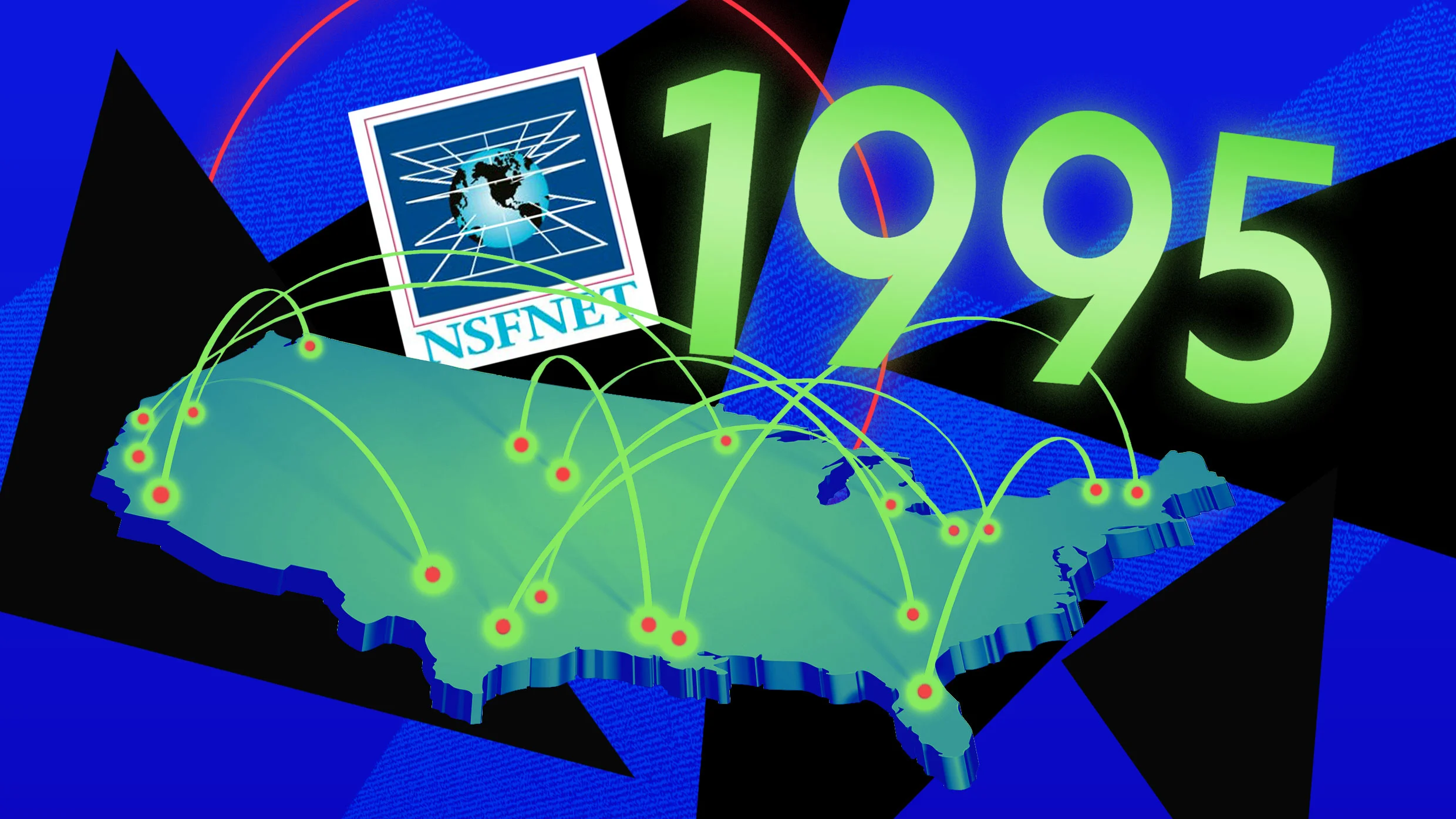
"The internet wasn't born whole—it came together from parts. Most know of ARPANET, the internet's most famous precursor, but it was always limited strictly to government use."
"In the early 1980s, the National Science Foundation sought to establish the United States as a leader in scientific computing. The plan required a fleet of supercomputers that researchers could readily use."
"The Computer Science Network, or CSNET, was the NSF's first foray into wide area networking. It connected universities that didn't have defense contracts and, as a result, had been left out of ARPANET."
"When the NSF funded five cutting-edge supercomputing centers in 1985, it planned to make them available to users over a similar network."
The internet's development included key networks like ARPANET and NSFNET, transitioning it from a government-exclusive tool to a widespread resource. The NSF aimed to advance scientific computing in the 1980s, establishing connections among universities without ARPANET access via CSNET, which demonstrated resource sharing despite slower speeds. By 1995, the internet matured significantly, marking a pivotal change in accessibility and utility, highlighted by the NSF's support of supercomputing centers that required more robust networking solutions.
Read at Fast Company
Unable to calculate read time
Collection
[
|
...
]